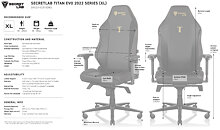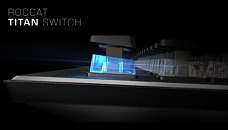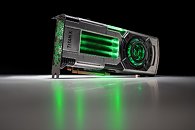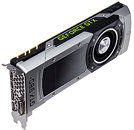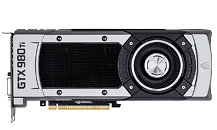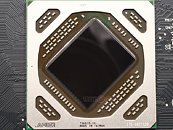
NVIDIA Mandates TDP Transparency for GeForce RTX 50 Series "Blackwell" Laptop GPUs
According to ComputerBase, NVIDIA now requires laptop makers to clearly share full graphics power details for its upcoming GeForce RTX 50 Series "Blackwell" GPUs. This aims to fix long-standing issues with hidden performance limits that have led to unexpected differences between laptops with the same GPU model. In the past, many laptop makers did not provide complete information about total graphics power (TGP). This often meant that some lower-powered models performed better than higher-end ones because the power limits were unclear. Under the new guidelines, manufacturers must list important details such as base TGP, Dynamic Boost limits, and clock speeds on their product pages. NVIDIA said, "We work with laptop manufacturers to ensure they list graphics power on their product websites."
Companies like ASUS, MSI, and XMG have already started to show full specifications for models such as the ROG Scar 18 and Titan 18 HX. While most companies are following the rules, some remain unchanged. For example, Razer's Blade 16 (2025) initially left out the base TGP from its main specifications, hiding it in the product description. This can confuse buyers, as thinner laptop designs might use lower-powered GPUs even in high-end models. The fix for this issue is simple, and listing TGP and TDP values will ensure that gamers who plan on getting a laptop with a new RTX 50 series Blackwell GPU will choose their desired TDP for performance and power on the go aspects.
Companies like ASUS, MSI, and XMG have already started to show full specifications for models such as the ROG Scar 18 and Titan 18 HX. While most companies are following the rules, some remain unchanged. For example, Razer's Blade 16 (2025) initially left out the base TGP from its main specifications, hiding it in the product description. This can confuse buyers, as thinner laptop designs might use lower-powered GPUs even in high-end models. The fix for this issue is simple, and listing TGP and TDP values will ensure that gamers who plan on getting a laptop with a new RTX 50 series Blackwell GPU will choose their desired TDP for performance and power on the go aspects.












































